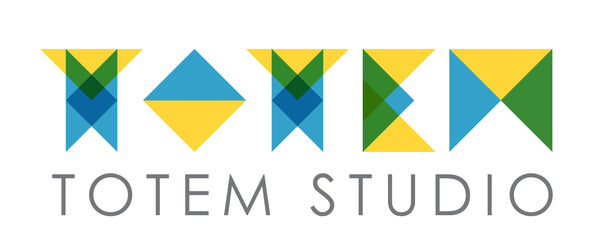Handicrafts are the unique products made with hand or hand operated tools and machines as an expression of culture and tradition. In India handicrafts have always been an essential part of tradition and people’s lives from centuries. From Kashmir to Kanyakumari, many of these crafts have been passed down from one generation to another. These skills have been preserved over the years, and today they form an intrinsic part of the country's cultural fabric. Some of the popular handicrafts in India include wood carving, pottery, basket weaving, embroidery, weaving, textile printing, metalwork and lacquerware. These handicrafts not only contribute to the cultural heritage of the country but also play a significant role in the economic development of the artisans and their families.
Advantages of Buying Handcrafted Products
- Sustainable- One of the most significant advantages of handicrafts is that they are eco-friendly and sustainable. As most of the handicrafts are made using natural raw materials such as wood, fibre, metal, and marbles. They do not cause any harm to the environment.
- Unique- Another significant advantage of handicrafts is that they are often unique and one-of-a-kind. Each product is made individually by hand, which means that no two products will be identical. This uniqueness gives handicrafts an edge over machine-made products, which are often mass-produced and lack individuality. Moreover, these handicrafts products often have a cultural significance and emotional connection attached to them, which makes them even more special.
- Emotional Connect- A cultural symbolism as part of any handicraft. Each handicraft carries with it stories and myths that is represented in the material, process, motifs, forms, colours and details. It brings back the serenity of simpler time, inducing emotional connection. Handicrafts are also becoming increasingly popular amongst international tourists who come to India. Many of these visitors are keen to learn about the country's rich cultural traditions and take back memories of their visit in the form of handicrafts products. Tourists from Europe, America, and Japan are particularly interested in these products and are willing to pay a premium for them.
Challenges of Handicraft Sectors
However, despite the growing popularity of Indian handicrafts, there are many challenges that the sector faces.
- Lack of Facilities- One of the primary challenges is the lack of infrastructure, especially in remote areas where most artisans live. Infrastructure development is essential to ensure that artisans have access to essential facilities such as electricity, water, and transport. Additionally, there is a need for financial support and credit facilities to enable artisans to invest in their businesses.
- Gap between Artisans and Consumer- Another challenge is the lack of awareness and marketing of Indian handicrafts. Marketing and branding of these products is essential to create awareness and promote these products both domestically and internationally.
Initiative by Totem Studio
Totem Studio is a team of Designers, Architects and Engineers on the quest of connecting with different artisans PAN India. Designers can play an inevitable role in the handicraft sector. They are responsible for creating unique and innovative designs that appeal to customers. The handicraft industry is largely based on creativity and originality, and designers are the ones who bring new ideas and trends to the market. They use a wide range of techniques and materials to create products that are both functional and aesthetically pleasing.
- One of the main responsibilities which we are carrying under the brand name Totem Design Studio in the handicraft sector is to understand the needs and preferences of customers and connect that with the existing crafts and artisans.
- We conduct market research, study the latest market trends, and analyze customer feedback to identify what people are looking for in handmade products. We then use this information to create designs that meet those needs and preferences. This ensures that the products we design are not only artistic but also commercially viable.
- We also collaborate with artisans, craftsperson, and manufacturers to create products that are feasible to produce. We work closely with these skilled professionals to understand their skills, techniques, and limitations, and then create designs that incorporate these elements and play a bridge between government facilities and artisans. This collaborative approach ensures that the handicrafts produced are of high quality and can be produced efficiently and cost-effectively.
- In addition to technical skills and creativity, the handicraft sector also need to have a strong understanding of cultural and historical context. Many handicrafts have deep cultural and historical significance, and we keep ourselves sensitive to these factors while creating our designs. We are also environmentally conscious and use sustainable materials and processes that minimize the impact on the environment.
In conclusion, Indian handicrafts are an important part of the country's cultural heritage and a designer can contribute a vital role in the economic development of the artisans and their families, by creating more unique and innovative designs that meet the needs and preferences of customers while also respecting cultural and historical context. By doing so, we can ensure that our rich cultural traditions are preserved and that the artisans who create these products are recognized and valued.


